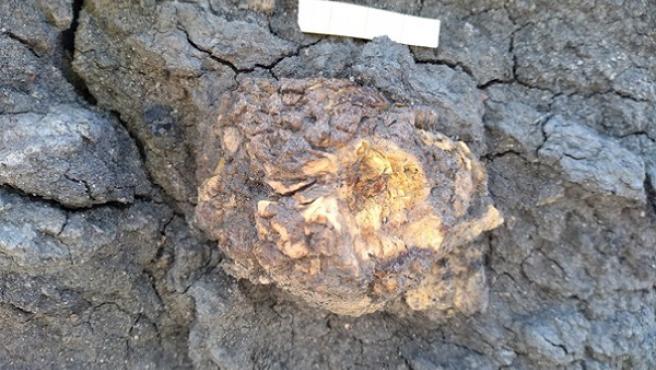New discoveries in amber in the Ariño deposit, in the province of Teruel , have made it possible to reconstruct a marshy paleoenvironment from the Cretaceous with a rich coastal resin forest from 110 million years ago, from the time of the dinosaurs.
This space was characterized by conifers and undergrowth of cicadacia, ferns and primitive flowering plants where insects, turtles, crocodiles , mammals and dinosaurs lived , such as those of the Proa valdearinnoensis and Europelta carbonensis species, as has been revealed in an article published in eLife magazine .
This has been carried out by members of the Fundación Conjunto Paleontológico de Teruel-Dinópolis, the Faculty of Earth Sciences and the Biodiversity Research Institute (IRBio) of the UB, the Natural History Museum of the University of Oxford and the Geological and Mining Institute of Spain (IGME-CSIC), among a total of sixteen international institutions .
Thus, the new discoveries have placed Ariño as one of the most complete and important deposits in the Cretaceous world, located inside an open-cast lignite mine that has been internationally distinguished by the numerous fossil remains of vertebrates found in the last years.
The fossilized resin is associated with the remains of dinosaurs
The amber or fossilized resin found in Ariño is associated with the remains of dinosaurs and other vertebrates, being unusually rich in bioinclusions, that is, biological remains preserved inside (especially insects and other arthropods).
A group of Brazilian paleontologists has discovered a new species of dinosaur not seen until now in Brazil, a finding that will serve to obtain more information about the life of the great saurians that inhabited the area in the Cretaceous period 145 million years ago.
“Ariño’s amber is one of the most prolific in the world and, in previous excavations, it has provided fossil remains of eleven groups of insects, as well as mites, spiders, mammalian hairs and a fragment of a dinosaur feather,” explains Sergio. Álvarez, first author of the article and member of the Faculty of Earth Sciences and the Biodiversity Research Institute (IRBio) of the University of Barcelona.
Along the same lines, Luis Alcalá, former director of the Fundación Conjunto Paleontológico de Teruel-Dinópolis, recalls that these findings “demonstrate the wisdom of intensively sampling a site that would disappear, since the collection of recovered fossils continues to provide new scientific surprises , although the extensive fossiliferous layer of Ariño is no longer accessible “.
Finding amber with fossil content next to dinosaur remains is exceptionally rare and had only been recorded in three sites in the world, located in Fouras (France), Pipestone Creek (Canada) and Bone Butte (United States).









